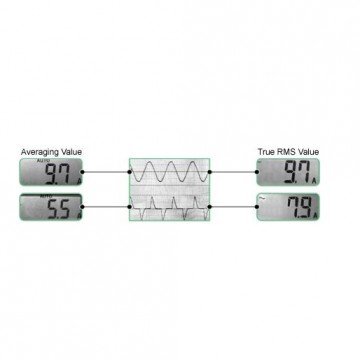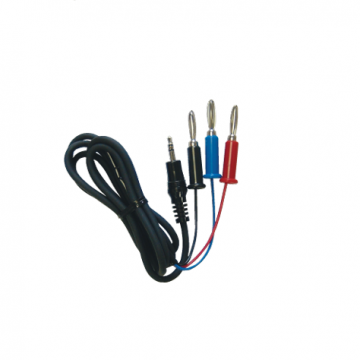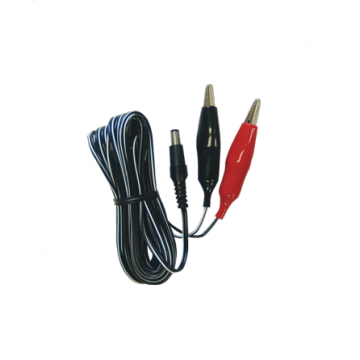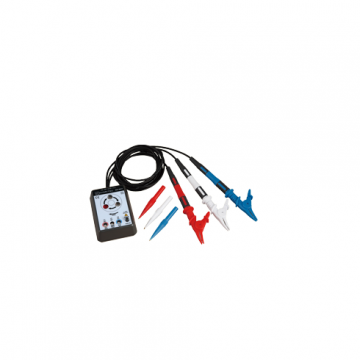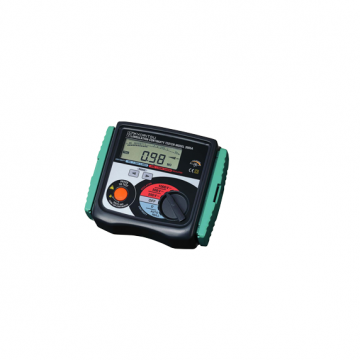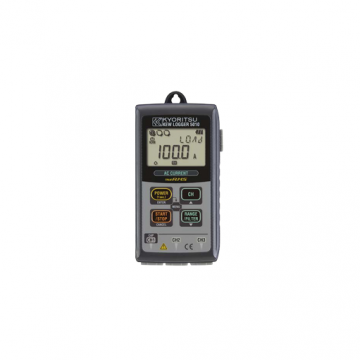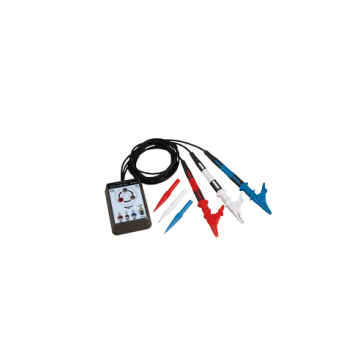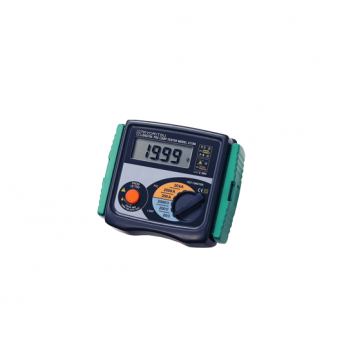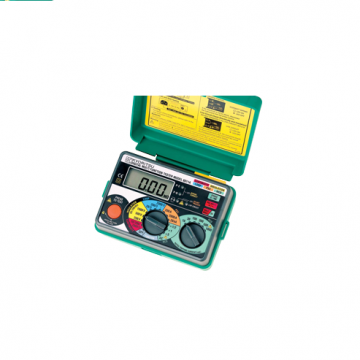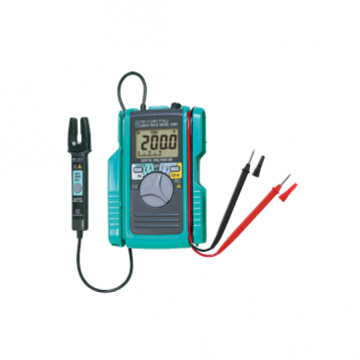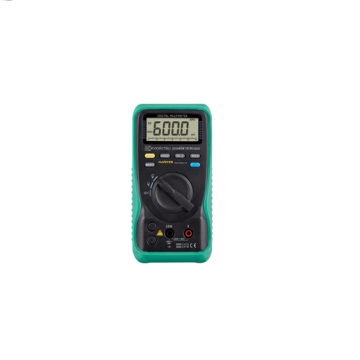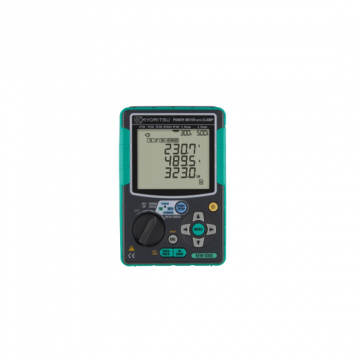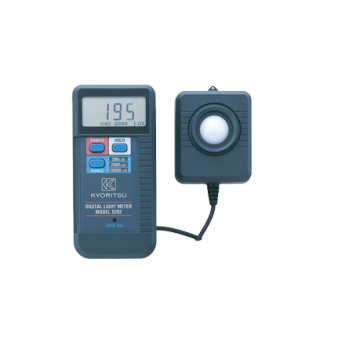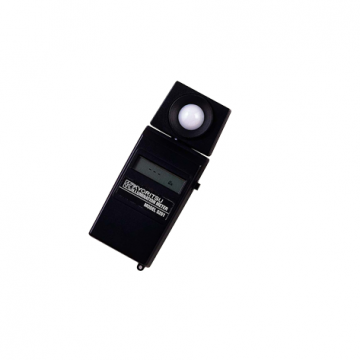MODEL 2300R
KEW FORK 2300R can be used in crowded connection boxes, where cables are very short, and space is too limited to clamp cables using with a traditional clamp meter.
Compared to the true RMS value tester, measurement values for the averaging value generate more than 30% errors in some cases.
True RMS (Root Mean Square) Value Measurement
: When load current is not affected by the distortion, both averaging value type and true RMS (root mean square) type clamp meters show the almost same value of about 10A with constant wave-form as the above display samples. However, when load current is affected by some distortions such as inverter, etc…,averaging value type clamp meter indicates 5.5A instead of 9.7A and true RMS type clamp meter indicates 7.9A instead of 9.7A with irregular wave-form. Accordingly, true RMS type clamp meter is recommendable for the measurement of the equipment with inverter control devices. Due to the use of thyristors, inverters and other energy-saving controllers in recent electric wiring, current waveforms often include harmonic components and are distorted compared to sinusoidal waves (50/60Hz). The Kyoritsu True RMS value tester is able to measure distorted waveforms using true RMS since waveforms are being internally calculated continuously. In contrast, when measurements are made with a averaging value tester, errors are generated in the measurement value because the tester cannot continuously track distorted waveforms.





